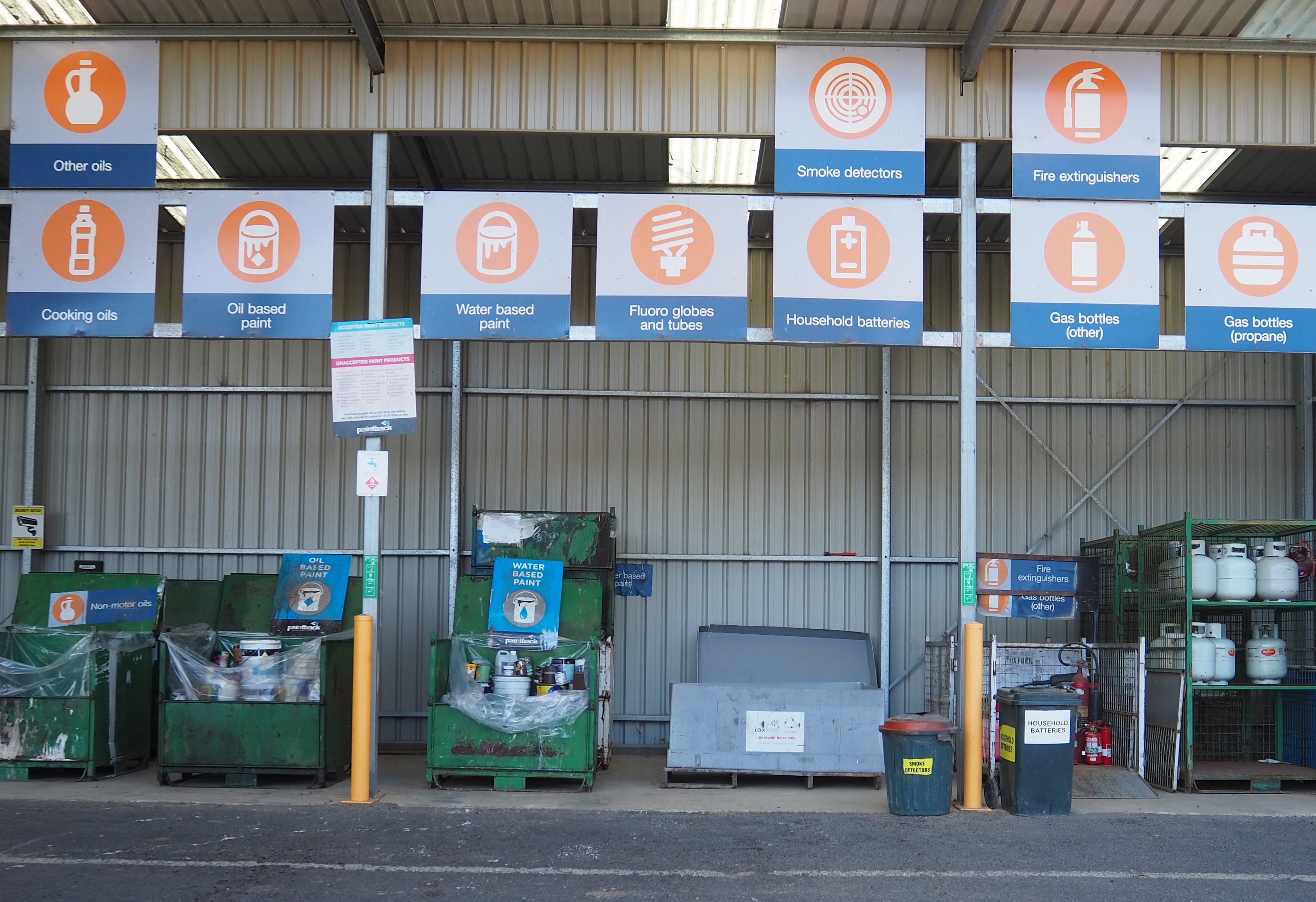Imagine it is 2030. Doctors in a regional hospital in country X note an expanding cluster of individuals with severe respiratory disease. Rapid whole-genome sequencing identifies the disease-causing agent as a novel coronavirus.
Authors
Michael Baker
Professor of Public Health, University of Otago
David Durrheim
Professor of Public Health Medicine, University of Newcastle
Li Yang HSU
Vice Dean of Global Health, ³Ô¹ÏÍøÕ¾ University of Singapore
Nick Wilson
Professor of Public Health, University of Otago
Epidemiological investigations suggest the virus is highly infectious, with most initial cases requiring hospitalisation. The episode bears a striking resemblance to the COVID outbreak .
Regional and national health authorities are notified quickly. The national contact point for the International Health Regulations 2024 (a major revision to the ) sends a description to the World Health Organization (). After an intense exchange of information and risk assessment, it declares a public health emergency of international concern.
The outbreak is assigned a response strategy of “elimination”. This designation initiates a well-rehearsed procedure, including mobilising expertise and resource stockpiles.
The elimination response results in localised quarantine measures at the epicentre and its surrounds and a travel freeze across a wide radius within country X and at its borders. It also prompts intensified local and international surveillance. Case numbers rise rapidly but plateau after three weeks, and then fall until no new cases are detected in the community.
After eight weeks of intensive efforts the outbreak is over – similar to the experience of New Zealand, which terminated its initial COVID outbreak in eight weeks using an . The outbreak had spread regionally within country X, but not internationally.
This is how we propose, in , the world should respond to future pandemic threats.
An upgraded pandemic response to eliminate at source
The process by which the WHO currently decides whether to declare a public health emergency of international concern (under the International Health Regulations 2005) has for being too slow.
The upgraded response framework we propose would enhance the existing risk assessment by routinely requiring WHO to assign a high-level response strategy for managing this risk. For potential pandemics, we consider this strategy should be elimination rather than suppression or mitigation, which have been the usual default options in the past. In simple terms, “if in doubt, stamp it out”.
The idea of eliminating novel emerging infectious diseases at the earliest possible stage is intuitively appealing and not new. It has been proposed for eliminating .
This approach successfully the SARS pandemic in 2003 (caused by SARS-CoV). It also proved successful in China during in Wuhan.
We have described this concept . Whether this approach could have eliminated and ultimately eradicated COVID, if pursued early and in a co-ordinated way globally, remains a topic of speculation.
An elimination strategy also slows the spread of infection
There is a second broad reason for the WHO assigning an explicit strategic goal of elimination to pandemic diseases with sufficient severity. It can also slow or interrupt the global spread of a new infectious disease. This action buys time for interventions to be developed, building on rapidly accumulating scientific knowledge.
Some countries in the Asia-Pacific region adopted elimination and strong suppression strategies. This approach largely prevented widespread COVID circulation for the first one to two years of the pandemic, keeping .
It allowed time for vaccine development and roll-out and for jurisdictions to prepare their health systems for managing large numbers of infected people. Notable examples are New Zealand, Australia and Singapore. They have been able to keep their by international standards.
If elimination is ultimately not successful or justifiable, an organised transition to another strategy (suppression or mitigation) should be considered. Processes for managing these transitions can from the current pandemic.
Elimination makes sense for other potential pandemics
The most recently declared public health emergency of international concern is (formerly known as monkeypox). Under our proposed change to the International Health Regulations, the WHO would have been required to assign a response strategy to this disease.
Elimination again makes sense as a default approach. That is what countries around the world have effectively been doing. And this approach appears to be .
The other current public health emergency of international concern is . Unlike COVID and mpox, this disease is already subject to goal.
A further benefit of the elimination strategy is that it supports strengthening of health system infrastructure in low and middle-income countries. This capacity building has contributed to the elimination of periodic Ebola outbreaks in Africa, which have been designated as public health emergencies of international concern in and . It could also support elimination of mpox, an .
Upgraded International Health Regulations could stimulate a huge global investment in and improve . These capacities are critical given the range of , including the threat from .
Let us hope that when the world is next confronted by the spark of a new emerging infectious disease with pandemic potential, the WHO rapidly declares a public health emergency of international concern and assigns an elimination strategy. And the international community reacts vigorously to extinguish the spark before it becomes an inferno.
![]()
Michael Baker’s employer, the University of Otago, receives funding for his research on Covid-19 and other infectious diseases from the Health Research Council of New Zealand and the New Zealand Ministry of Health.
David Durrheim, Li Yang HSU, and Nick Wilson do not work for, consult, own shares in or receive funding from any company or organisation that would benefit from this article, and have disclosed no relevant affiliations beyond their academic appointment.








